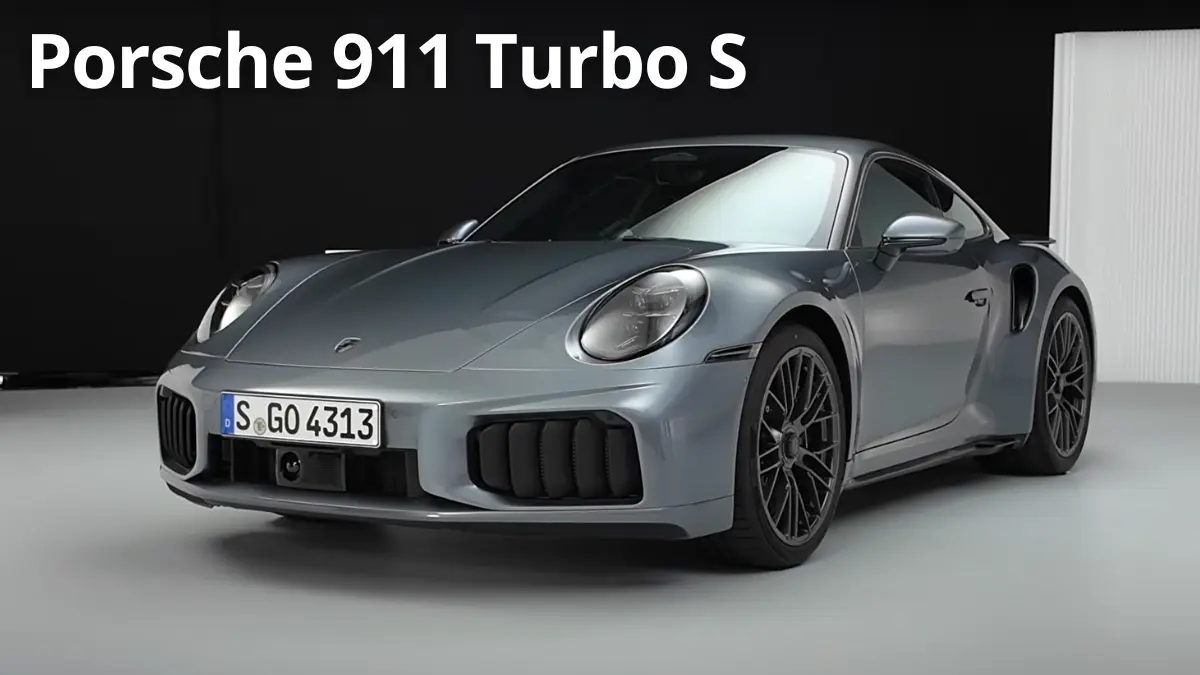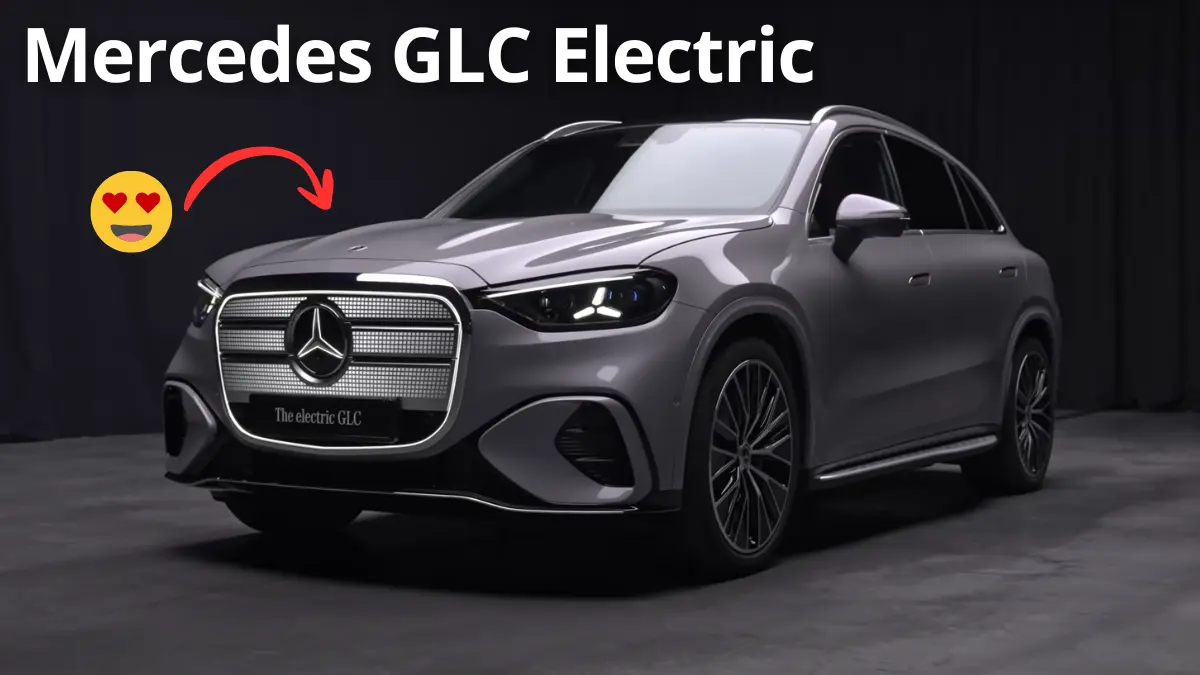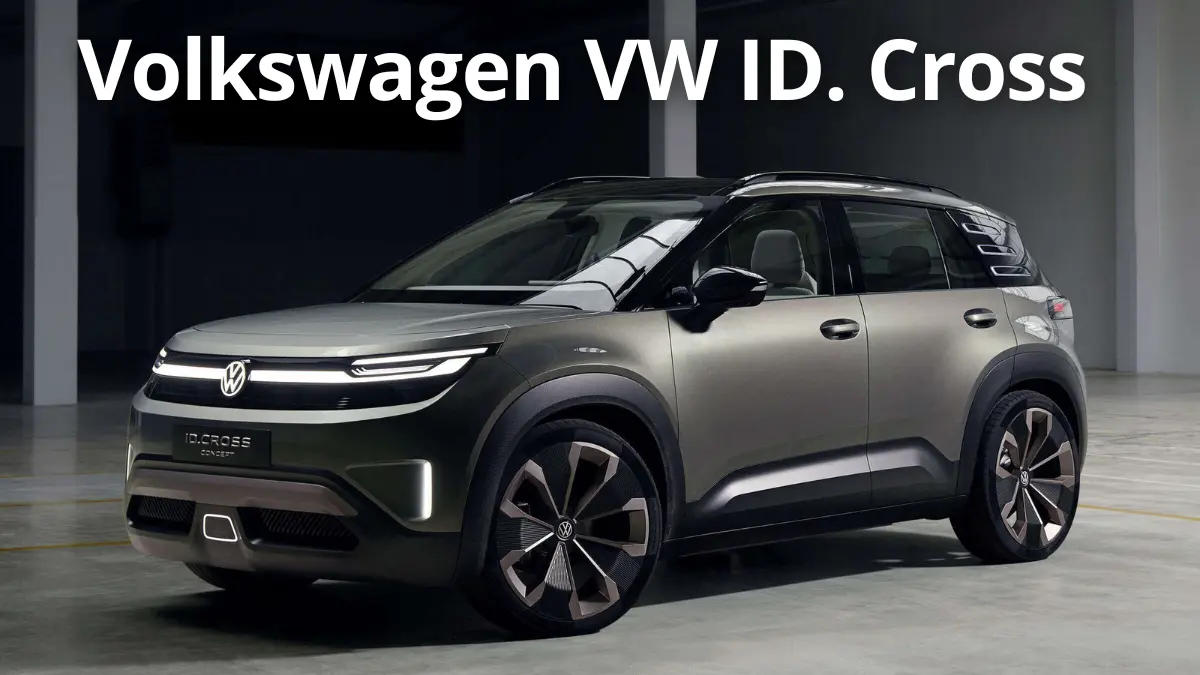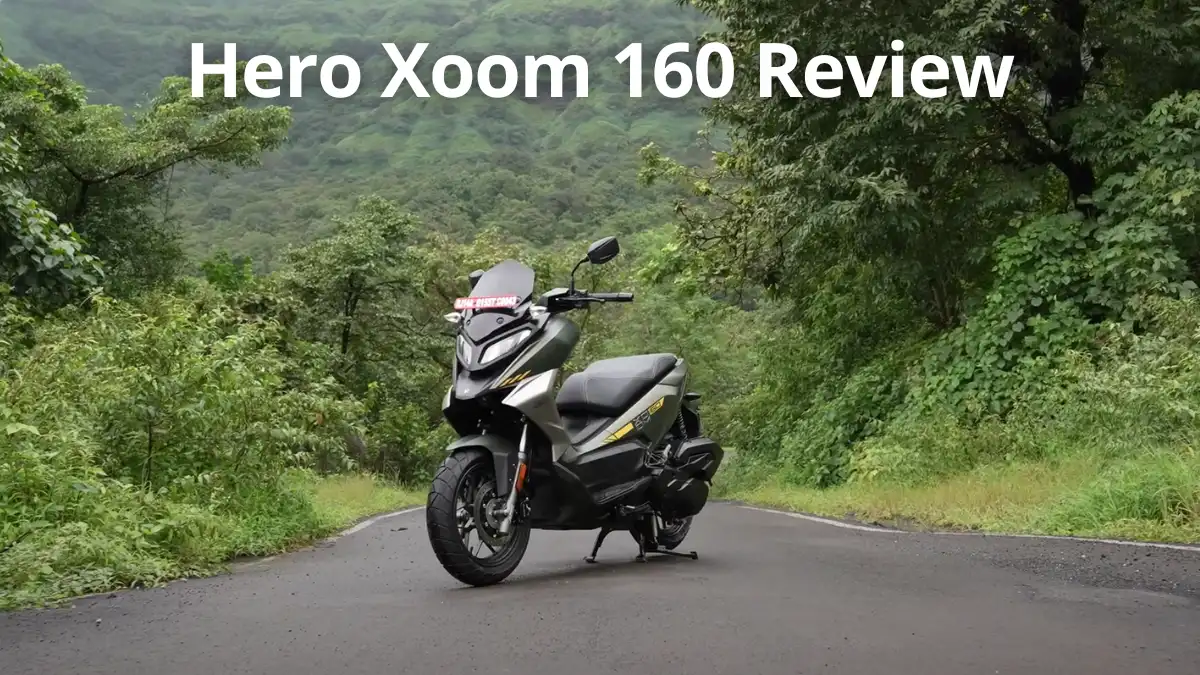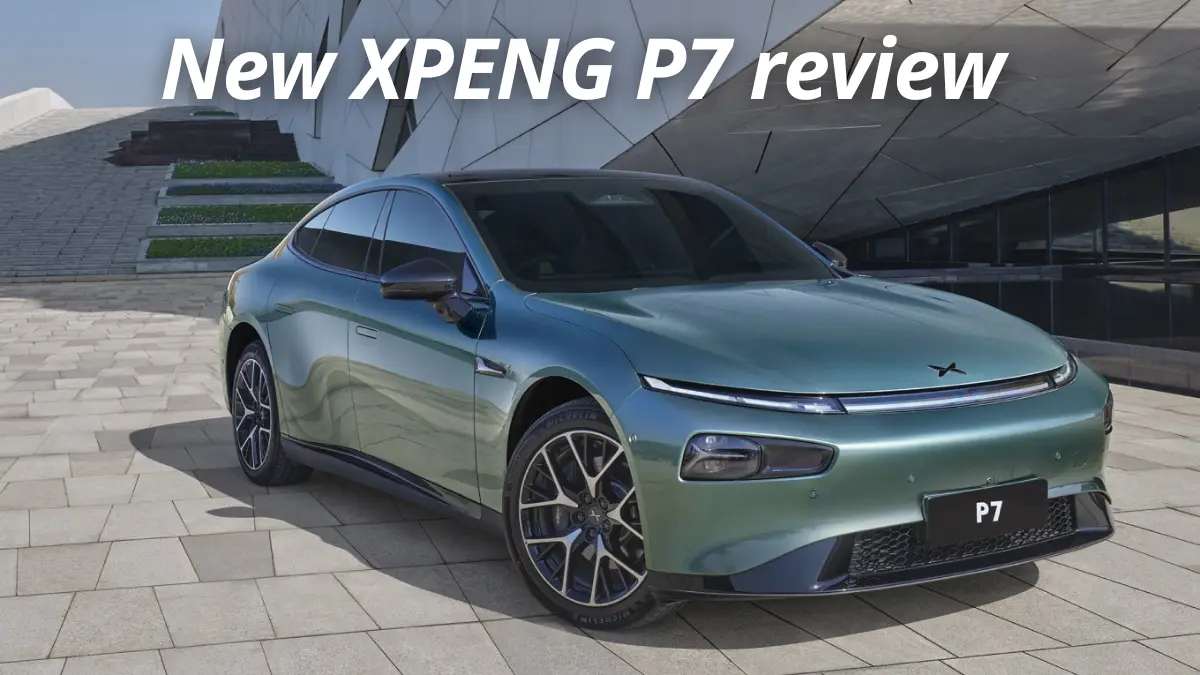Stuttgart, Germany, Porsche has updated the Porsche 911 Turbo S with a highly electrified powertrain and a suite of aerodynamic, chassis and cooling refinements that lift performance while keeping the car remarkably light for its class. The headline figures: 711 hp, 800 Nm of torque, 0–100 km/h in 2.5 seconds and a kerb weight of 1,710 kg. German pricing starts at €271,000 for the Coupé and €285,000 for the Convertible.
what’s in new Porsche 911 Turbo S and why it matters
The new Porsche 911 Turbo S introduces a hybridized approach to Porsche’s iconic flat-six architecture: an evolved 3.6-litre boxer engine paired with two electric turbochargers and an electric motor integrated into the PDK. The combined system produces 711 horsepower and a broad 800 Nm torque plateau between 2,300 and 6,000 rpm, delivering stronger, more usable power across the rev range. Porsche says the hybridization improves throttle response, lap times and energy recuperation while adding only 85 kg to the vehicle’s mass compared with the predecessor, a careful balance between straight-line performance and engaging, low-mass handling.
Porsche 911 Turbo S Key performance figures
- Power: 711 hp
- Torque: 800 Nm (delivered from 2,300–6,000 rpm)
- Engine: 3.6-litre six-cylinder boxer (hybridized)
- 0–100 km/h: 2.5 seconds (0.2 s faster than before)
- 0–200 km/h: 8.4 seconds (0.5 s faster than before)
- Curb weight: 1,710 kg (hybrid system adds ~85 kg)
- High-voltage system: 400-volt boardnet with a 1.9 kWh buffer battery
- Nürburgring: Porsche reports the updated Turbo S is 14 seconds quicker on the Nordschleife compared with its predecessor (Porsche testing conditions).
Powertrain and energy recovery: hybrid turbos and integrated motor
Porsche’s technical highlight is the use of two electric turbochargers that not only eliminate classic turbo lag but also recuperate energy under high-pressure conditions that used to be vented via wastegates. The electric turbochargers reclaim energy even when the engine is on full throttle, and the integrated electric motor in the transmission both assists acceleration and participates in regenerative braking, including regeneration routed to all four wheels. The small 1.9 kWh buffer battery is designed as a charge-reserve rather than for pure-electric driving; Porsche engineers report no operational issues during high load or track testing because the system continually replenishes charge through recuperation.
Chassis, aerodynamics and braking
- Adaptive aero and cooling: Updated lower front with adaptive air intakes; active flaps for efficiency and cooling management.
- Brakes: Full PCCB ceramic brakes, the largest ceramic setup Porsche currently fits to a two-door model.
- Wheels/tires: Central lock wheels; 20-inch front / 21-inch rear fitment with rear track and tires widened (rear tires +10 mm). Porsche offers carbon wheels as an option for improved aero efficiency.
- Active chassis: PASM (adaptive suspension) is standard; customers can choose a sport suspension (-10 mm) or the normal setup. The Turbo S features a new E-HPDCC (Electro Hydraulic Porsche Dynamic Chassis Control) anti-tilt function that reduces body roll and helps keep the car flat through fast direction changes.
Body styles, exterior and options
The update is available in Coupé and Convertible configurations. Design tweaks include a refreshed front bumper, three-dimensional rear light strip and fixed (but still adaptive) rear wing. Exhaust outlets and tips are available in titanium, and Porsche offers Sports Design and carbon exterior packages for further personalization. The Convertible retains a rapid and automatic soft-top mechanism and an integrated wind deflector that deploys electrically.
Interior and driver-focused features
Porsche keeps the cockpit driver-centric with larger digital instruments and configurable displays. While more digital functions have been introduced, the interior retains physical controls for key items such as the exhaust mode and climate controls. Materials include perforated RaceTex (microfiber) seating and a choice of sports or optional bucket seats. The car remains largely traditional in layout, compact frunk, firm doors and high-quality finishes, but lacks a non-animal-leather base option in the Porsche 911 Turbo S specification shown.
Use case and market positioning
Porsche positions the updated Porsche 911 Turbo S as a versatile pinnacle 911: a car that can be driven daily, used on the racetrack and still reward drivers with dynamic agility. Compared with the GT3 (which is more track-focused and lighter), the Turbo S aims to offer near-hypercar acceleration while avoiding the mass penalty typical of high-power EVs. Porsche emphasises the importance of tire limitations during extreme track use, the car’s capability can outpace road-legal tire grip in some conditions, and offers tire and wheel options accordingly.
Porsche 911 Turbo S Pricing and availability
- Starting price (Germany): €271,000 — Porsche 911 Turbo S Coupé
- Starting price (Germany): €285,000 — Porsche 911 Turbo S Convertible
These are Porsche’s base figures; buyers should expect extensive option lists (carbon packages, titanium exhausts, bespoke interiors) that can push the final price significantly higher.
Context and implications
The Porsche 911 Turbo S update showcases Porsche’s hybrid-assisted route to high performance: instead of pure battery mass, engineers apply targeted electrification (e-turbochargers + integrated motor) to boost responsiveness and efficiency while keeping vehicle weight competitive. This approach preserves the classic rear-engine driving characteristics and the 911’s trademark agility. For buyers, the Turbo S remains the marque’s ultimate all-round 911, one that blends daily usability with track-capable performance, albeit at a premium price.
Bottom line
With 711 hp, an innovative hybrid turbo system, and chassis refinements that prioritize both lap speed and road manners, the updated Porsche 911 Turbo S reinforces its place as Porsche’s technological flagship within the 911 family: a high-performance, driver-oriented icon that balances contemporary electrification with the lightweight driving dynamics that define the model.
Also Read –
